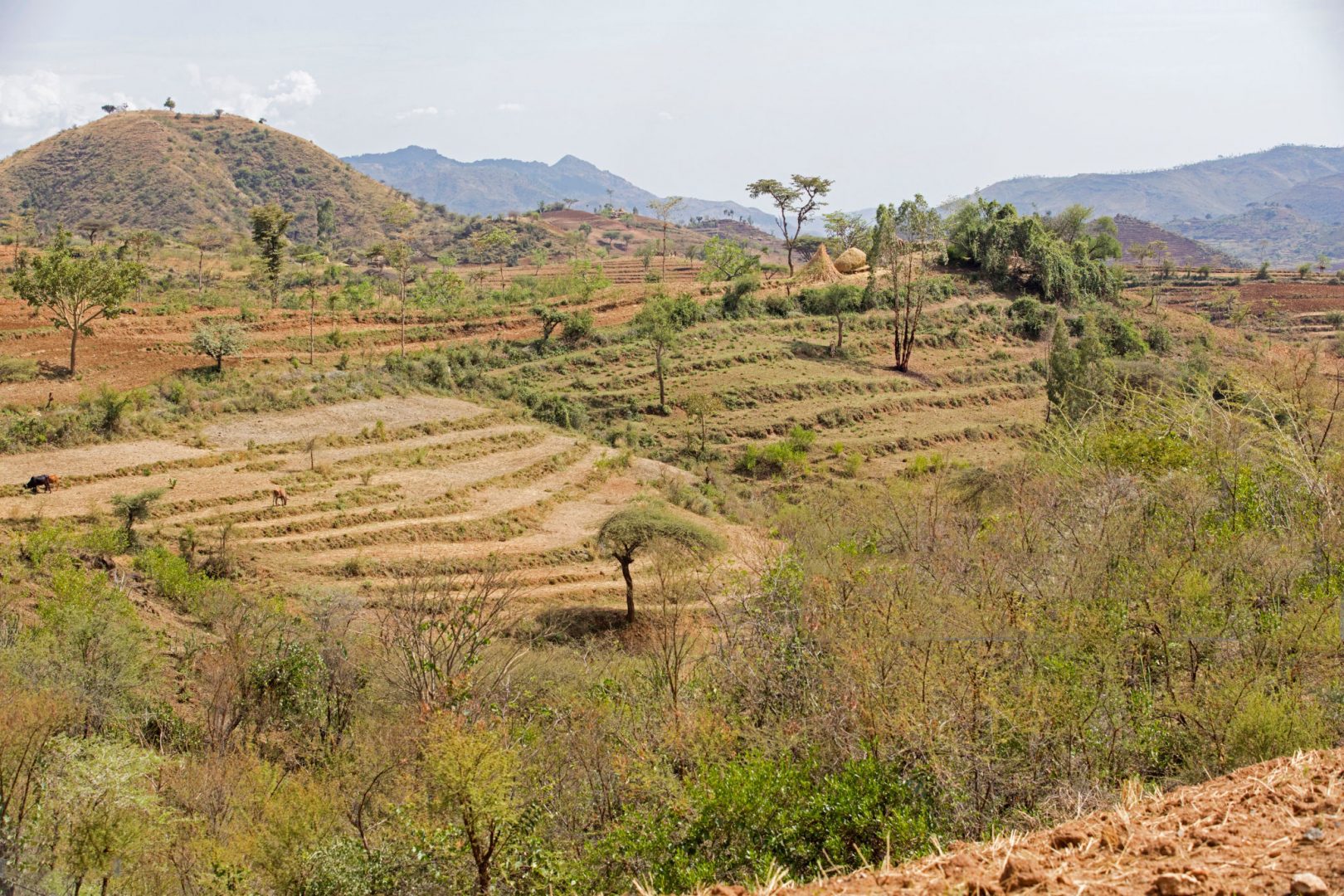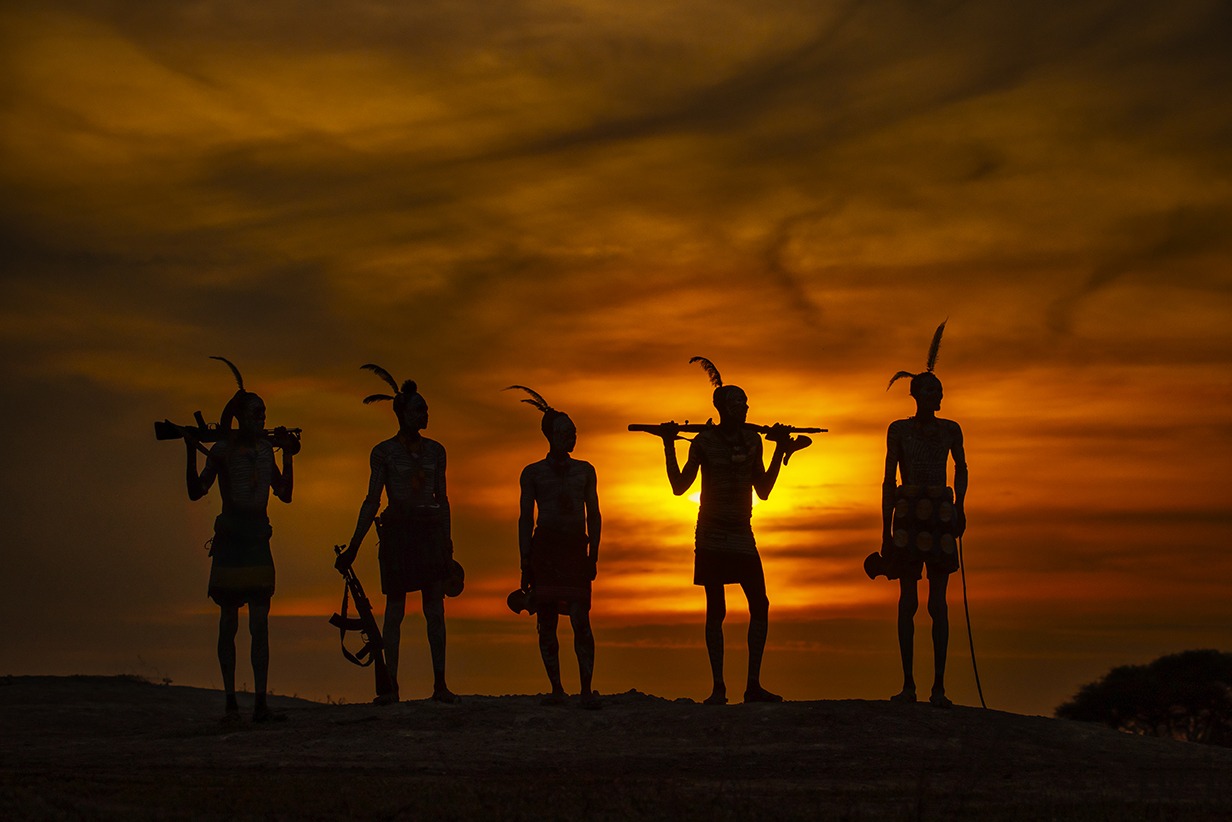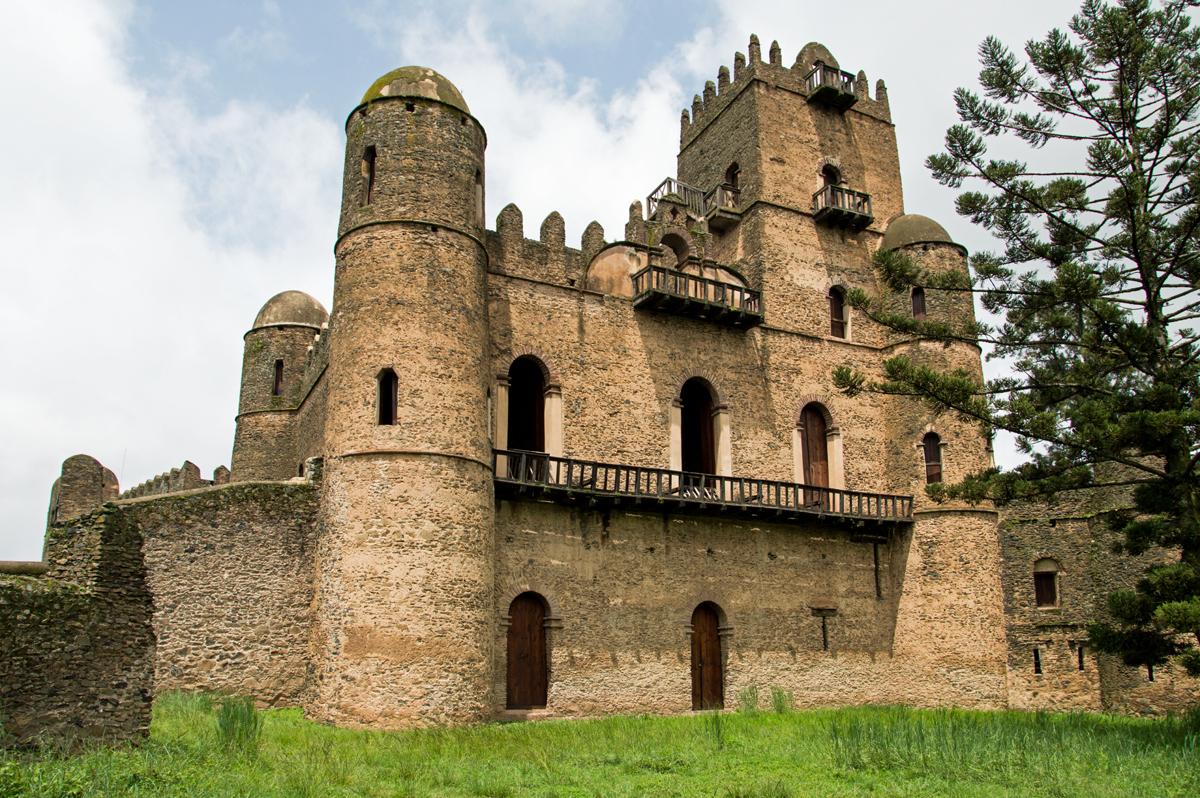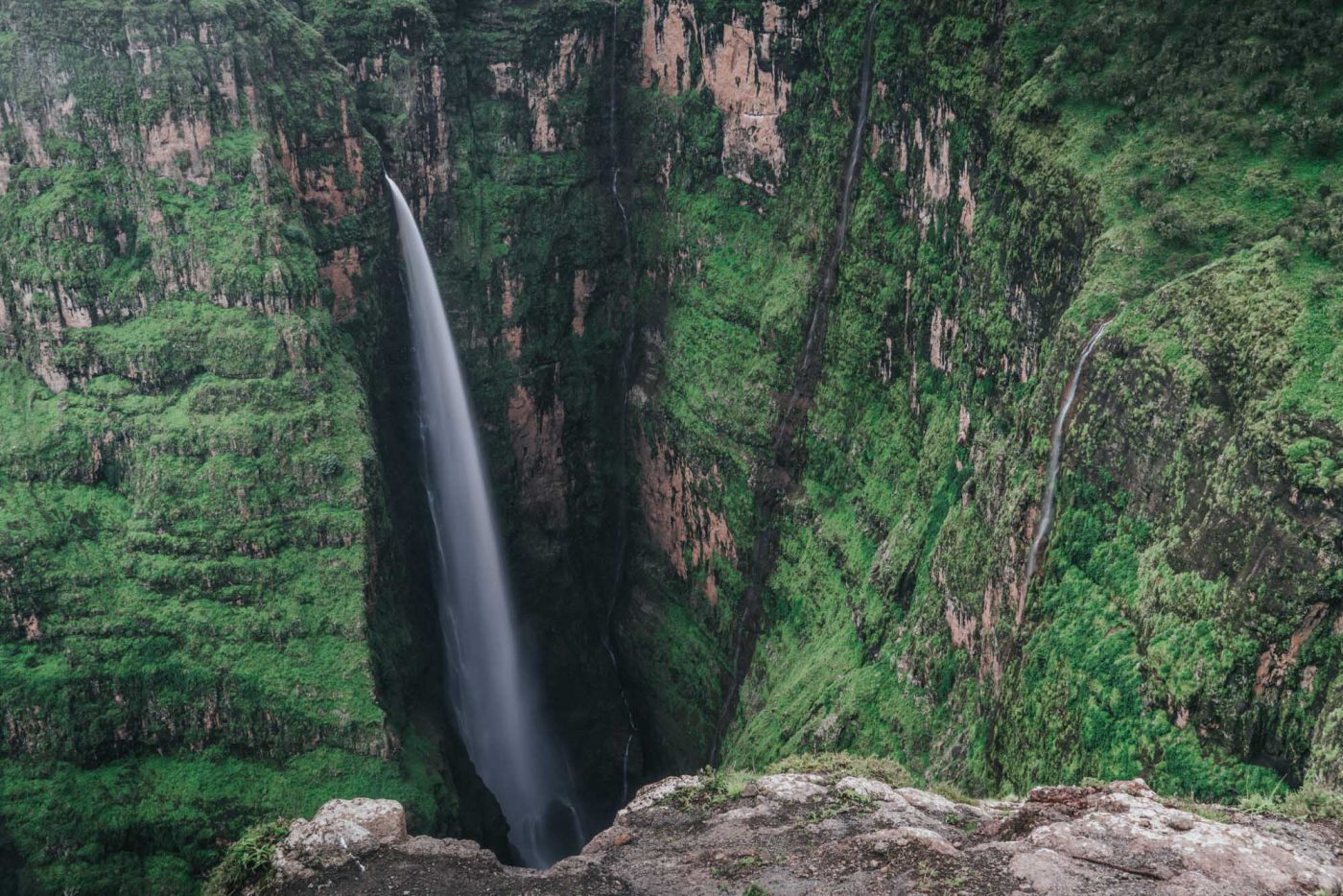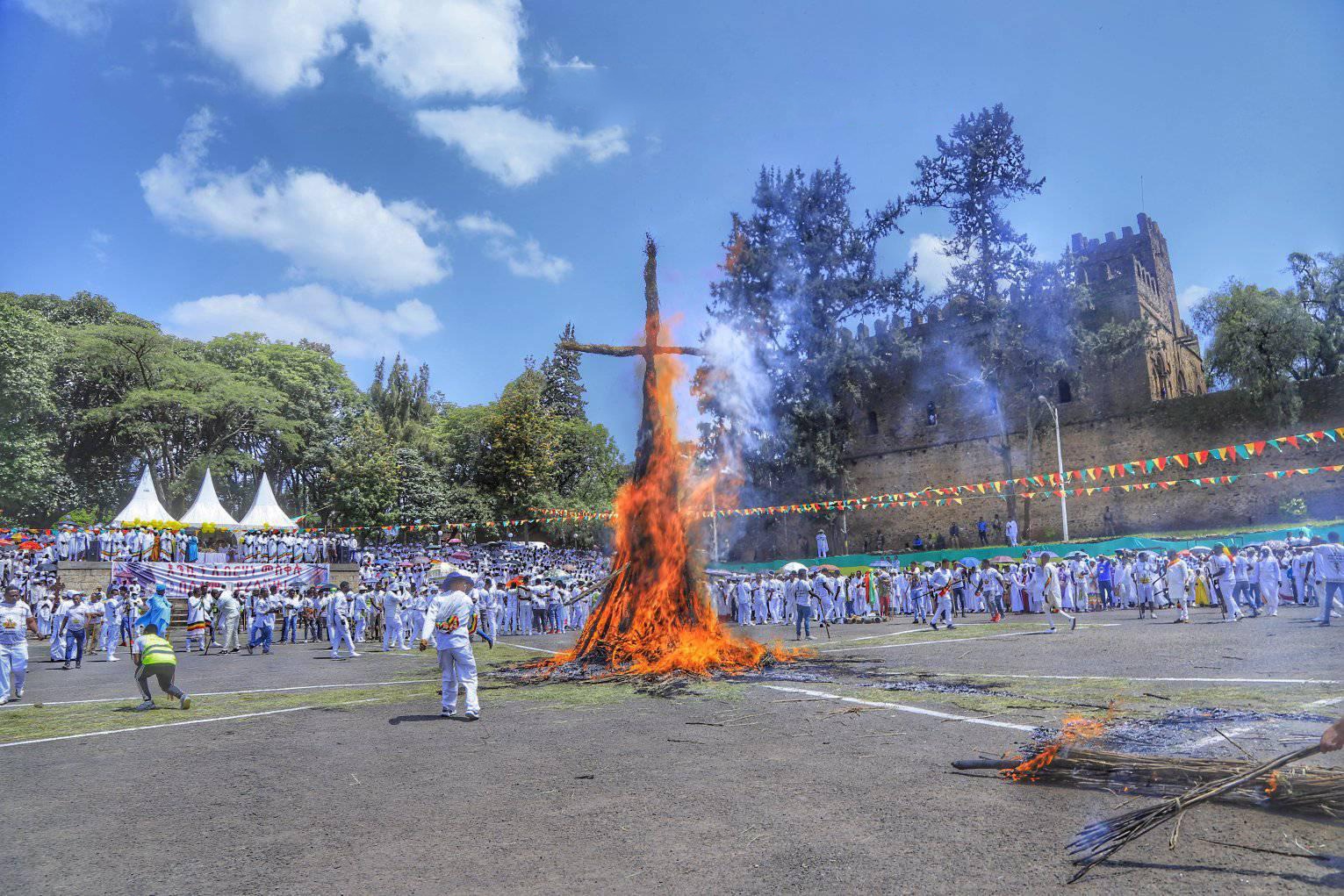UNESCO World Heritage Sites and Festivals
Home / Destination / World Heritage Sites
Ethiopia’s immense cultural, paleontological and natural wealth is reflected in its tally of nine UNESCO World Heritage Sites, the most of any country in Africa. Eight of these nine sites are cultural, and one – the Simien Mountains National Park – is natural. Five other sites in Ethiopia are currently under consideration by UNESCO as Tentative World Heritage Sites.
Properties inscribed on the World Heritage List
A UNESCO World Heritage site since 1980, Aksum is ‘Sacred’ as Jerusalem, old as Rome and historical as Constantinople, is an exceptional place in …
A UNESCO World Heritage Site since 2011, the Konso Cultural Landscape is named after its agriculturist inhabitants, who have molded their 230km2 …
Centered on the pretty green town of Jinka, South Omo is Ethiopia’s most culturally and linguistically diverse administrative zone, supporting 16 …
Comprising eleven churches and two chapels, Ethiopia’s labyrinthine ‘New Jerusalem’, excavated by King Lalibela in the 12th century and still in active …
Gondar (also spelled Gonder) is a royal and ancient historical city of Ethiopia. The walled city of Fasil Ghebbi in Gondar is on the UNESCO …
With its 368 alleyways squeezed into just 1 sq.km., Harar is believed to be the fourth holiest city after Mecca, Medina, and Jerusalem. The 82 mosques …
Ethiopia’s premier trekking and walking destination, the 412km2 Simien Mountains National Park was inscribed as a Natural World Heritage Site in 1979 …
Hadar is one of the iconic places of Ethiopia with paleontological discoveries. The Hadarpaleontological discoveries include partial skeletons of …
Gada is a traditional system of governance used by the Oromo people in Ethiopia developed from knowledge gained by community experience over generations.
Tiya is among the most important of the roughly 160 archaeological sites discovered so far in the Soddo region, south of Addis Ababa.


